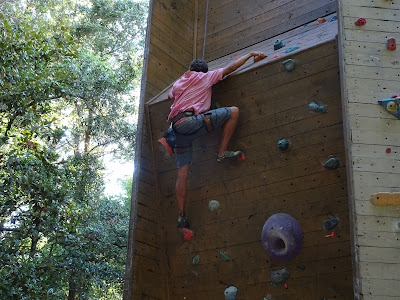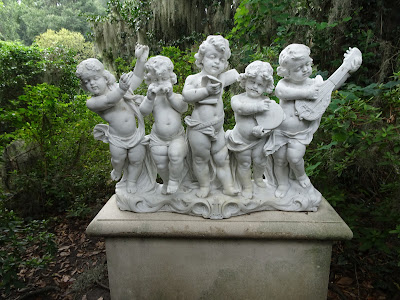This was a must do site for our trip as it was where the first shot was fired in the American Civil War.
There is a half hour ferry ride to the site. We were fortunate that there was a stiff breeze in this hot weather.
South Carolina was the first state to secede from the Union. It was shortly after Abraham Lincoln had been elected President of the United States. “A geographical line has been drawn across the Union, and all the States north of that line have united in the election of a man to the high office of President of the United States, whose opinions and purposes are hostile to slavery”. So said the declaration.
Fort Sumter’s construction by the Federal Government began in 1829 (32 years before the beginning of the Civil War). It was one of several forts that had been constructed along the East Coast of the US following the war or 1812 that the British had won.
When South Carolina was succeeding Major Robert Anderson moved his 85 man garrison into it from the center of Charleston on the day after Christmas in 1860.
The fort was in the center of a critical shipping way that would enable the prevention of shipping getting into Charleston.
The first shot fired by the Confederate army on April 12th 1861 was followed by heavy bombardment that meant that Major Robert Anderson abandoned the fort within about 48 hours.
Later in the war in 1863 the Union Navy with their ironclads made several attempts to recapture the fort. It was not until General William T Sherman’s troops advancing north from Savannah that the Confederates evacuated Fort Sumpter on February 17th 1865. By that time the Fort was in ruins.



















































